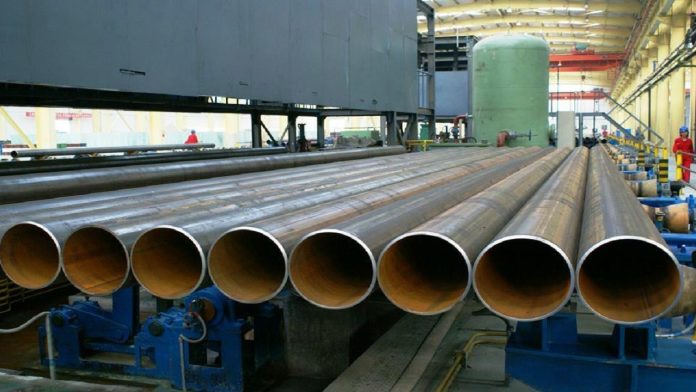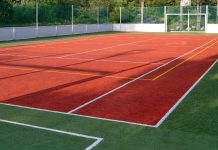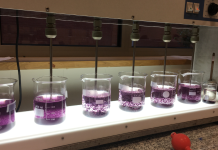Temperature variations play a significant role in the performance and durability of both ERW (Electric Resistance Welded) and seamless pipes. Understanding how these variations affect the structural integrity, corrosion resistance, and overall functionality of pipes is crucial for various industries, from oil and gas to construction and infrastructure development. For more insights into the impact of temperature variations on piping systems and best practices for temperature management, consult industry experts or go now to authoritative resources on piping design and engineering.
Understanding Temperature Variations
Temperature fluctuations occur naturally in the environment and are often exacerbated by operational conditions in industrial settings. From extreme heat in desert regions to sub-zero temperatures in arctic environments, pipes are subjected to a wide range of thermal stresses.
Structural Integrity
One of the primary concerns regarding temperature variations is their impact on the structural integrity of pipes. Both ERW and seamless pipes expand and contract in response to temperature changes. While these changes are relatively minor, they can accumulate over time, leading to fatigue and stress corrosion cracking, especially in welded seams of ERW pipes.
Corrosion Resistance
Temperature variations can also influence the corrosion resistance of pipes. High temperatures can accelerate corrosion processes, particularly in environments with high humidity or exposure to corrosive substances. Seamless pipes, with their homogeneous structure and absence of welded seams, generally exhibit better resistance to corrosion induced by temperature fluctuations compared to ERW pipes.
Material Properties
The material composition of pipes plays a crucial role in their response to temperature variations. Alloying elements, such as chromium and nickel, can enhance the high-temperature strength and corrosion resistance of pipes. Seamless pipes, often manufactured from specialized alloy steels, are better suited to withstand extreme temperatures and thermal cycling compared to standard carbon steel ERW pipes.
Impact on Performance
Temperature variations can affect the performance of pipes in various applications. In high-temperature environments, such as steam pipelines or thermal power plants, seamless pipes are preferred for their superior heat resistance and thermal conductivity. ERW pipes may be susceptible to thermal expansion and contraction, leading to dimensional changes and potential leakage in extreme conditions.
Mitigation Strategies
To mitigate the impact of temperature variations on pipes, several strategies can be employed:
Material Selection
Choosing the appropriate grade of steel with enhanced temperature resistance and corrosion protection is essential for long-term performance.
Insulation
Insulating pipes can help maintain stable temperatures and minimize thermal stresses, particularly in environments with extreme temperature differentials.
Protective Coatings
Applying corrosion-resistant coatings or linings can enhance the longevity of pipes exposed to temperature variations and corrosive environments.
Monitoring and Maintenance
Regular inspection and maintenance programs can identify early signs of thermal damage or corrosion, allowing for timely repairs or replacements.
Conclusion
Temperature variations pose significant challenges to the performance and durability of both ERW and seamless pipes. While seamless pipes generally exhibit better resistance to thermal stresses and corrosion, proper material selection, insulation, and maintenance practices are essential for maximizing the lifespan of pipes in diverse operating conditions. By understanding the impact of temperature variations and implementing appropriate mitigation strategies, industries can ensure the reliability and integrity of their piping systems for years to come.












